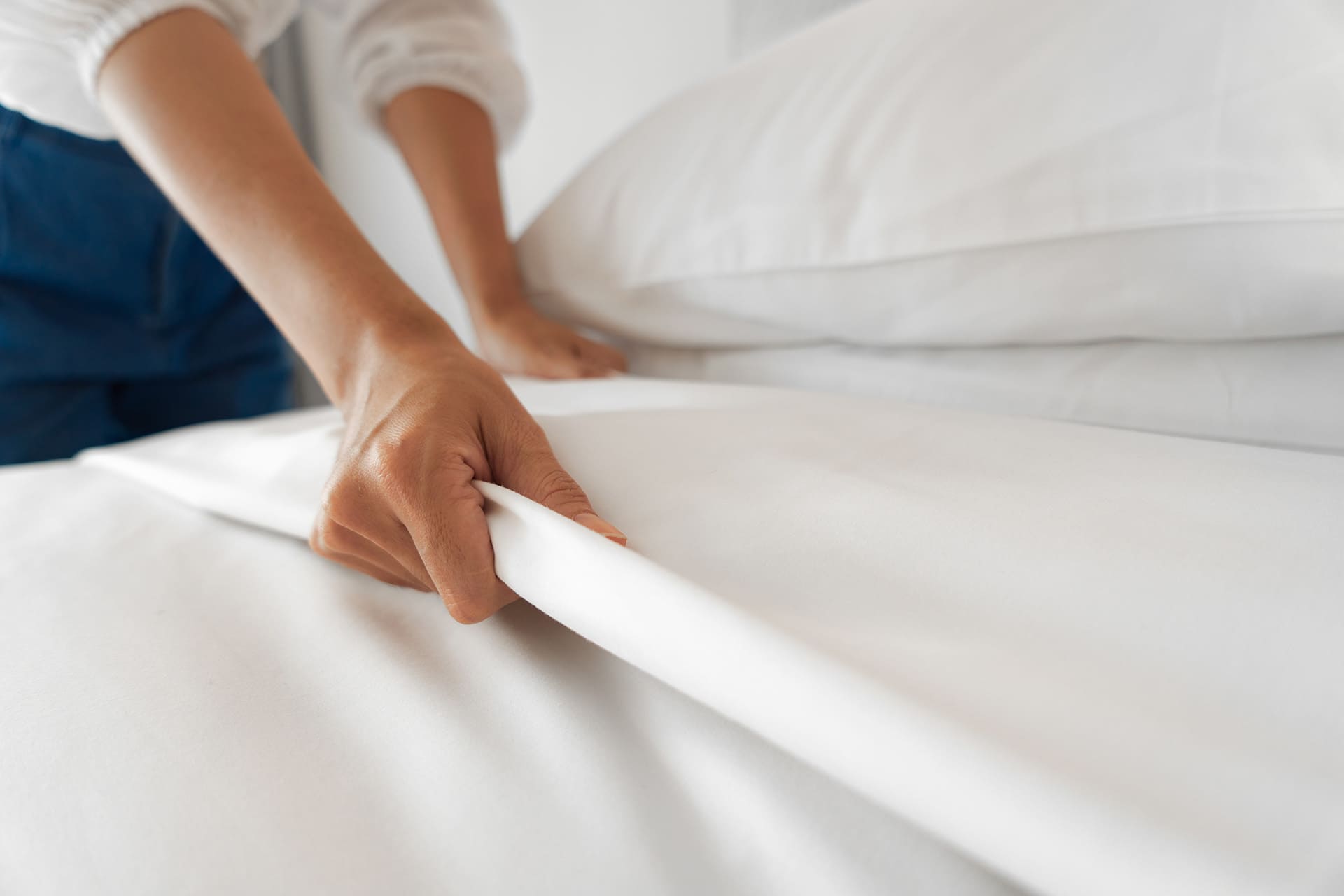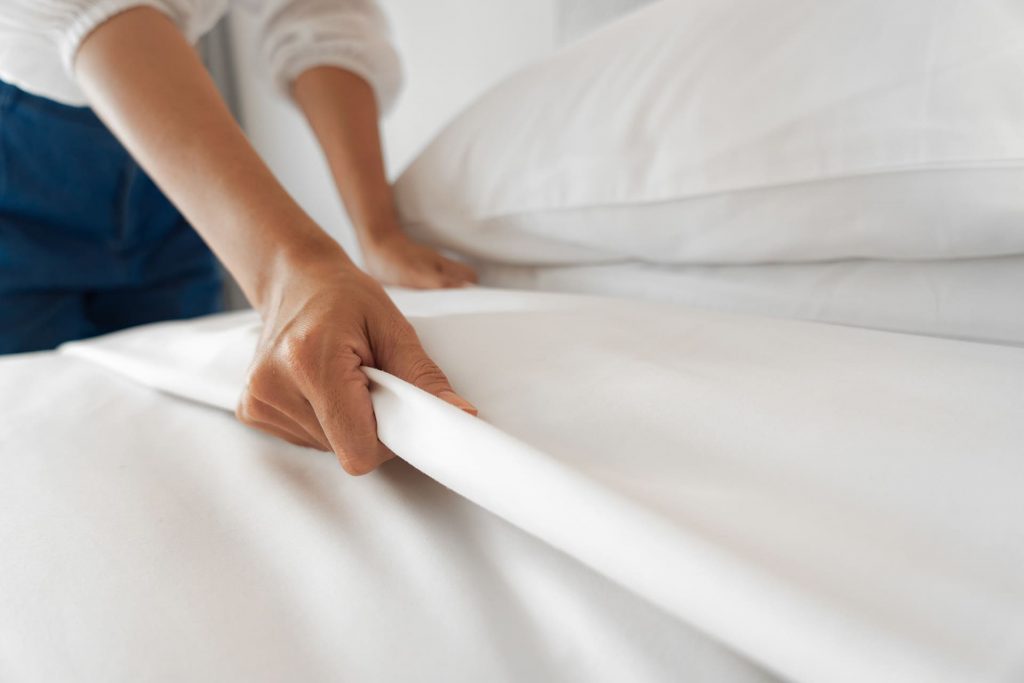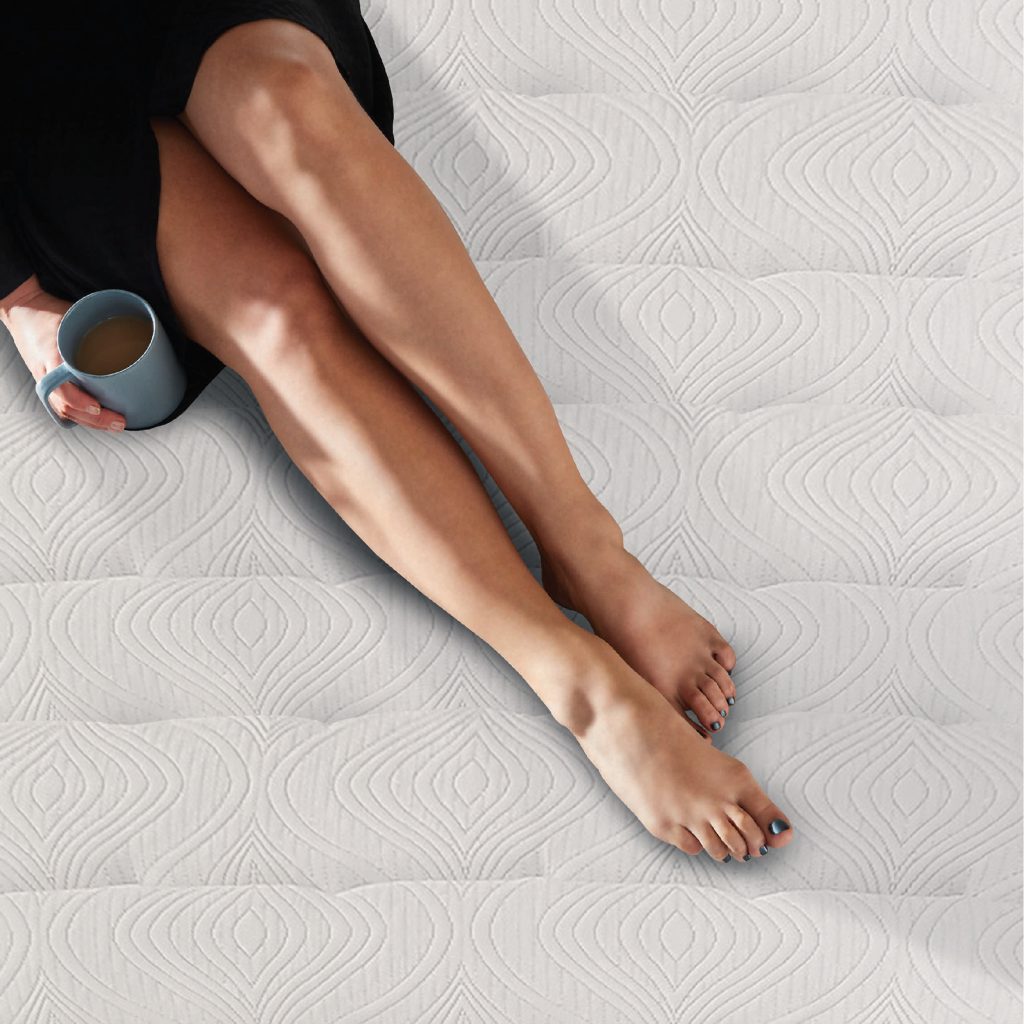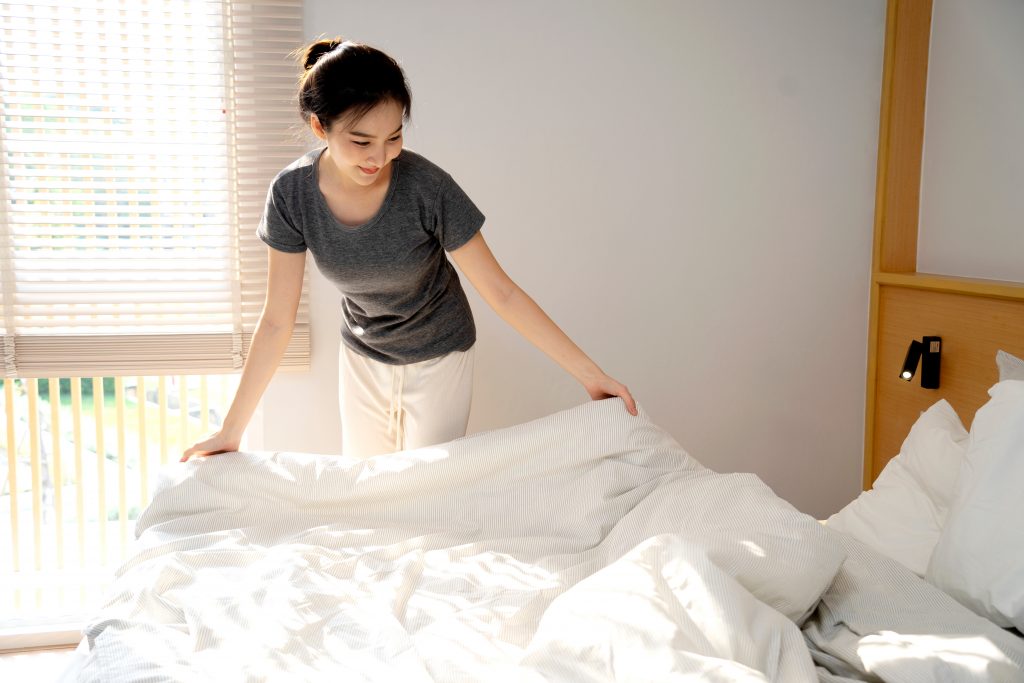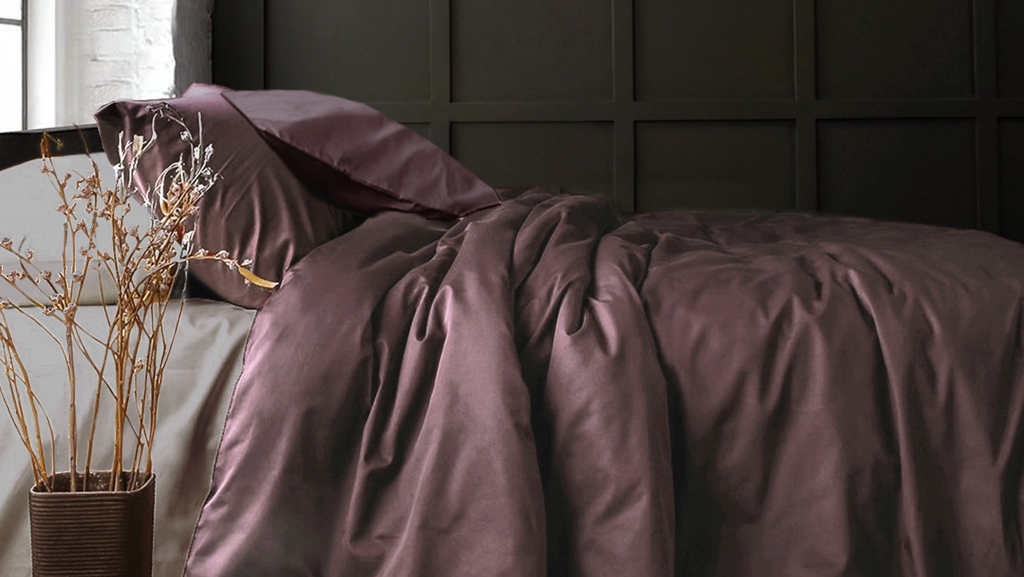Mattress Care Guide
DOs & DON'Ts
Things to do (and not to do) when setting up your Sealy bed for the first time.
-
 Register your purchase to activate your guarantee/warranty.
Register your purchase to activate your guarantee/warranty.
-
 Give your new sleep set time to “air” upon removal from its plastic packaging. Dispose of all plastic packaging as soon as possible. New mattresses may have a “new bed smell” that may take a couple of weeks to dissipate.
Give your new sleep set time to “air” upon removal from its plastic packaging. Dispose of all plastic packaging as soon as possible. New mattresses may have a “new bed smell” that may take a couple of weeks to dissipate.
-
 Handles (where fitted) are meant only for positioning and rotating of the mattress.
Handles (where fitted) are meant only for positioning and rotating of the mattress.
-
 You should never attempt to carry the mattress by yourself. Always carry the mattress on its side.
You should never attempt to carry the mattress by yourself. Always carry the mattress on its side.
-
 Don’t bend your mattress under any circumstances as it may damage the innerspring unit. Gently flex the mattress when going through doorways.
Don’t bend your mattress under any circumstances as it may damage the innerspring unit. Gently flex the mattress when going through doorways.
-
 Don’t remove the law tag located at the end of your mattress. It serves as a means of identification to establish your warranty rights.
Don’t remove the law tag located at the end of your mattress. It serves as a means of identification to establish your warranty rights.
-
 Don’t smoke in bed.
Don’t smoke in bed.
-
 Don’t use dry cleaning fluid of any type on your mattress. These chemicals will damage some of the construction materials.
Don’t use dry cleaning fluid of any type on your mattress. These chemicals will damage some of the construction materials.
-
 Don’t allow anyone to stand or jump on your mattress; abuse is not covered by guarantee.
Don’t allow anyone to stand or jump on your mattress; abuse is not covered by guarantee.
-
 Do not leave any hot objects such as iron, hair dryer or hair curler on your mattress as it may damage the mattress panel.
Do not leave any hot objects such as iron, hair dryer or hair curler on your mattress as it may damage the mattress panel.
Mattress Foundation
- Replace the old foundation when purchasing a new mattress. An old box spring may not provide sufficient support. It may appear that your new mattress is sagging when it is actually the box spring that has become worn out.
- Use an appropriate frame and center support for Queen and King size mattresses.
- It is not advisable to use a slatted bed.
- To ensure that the slats in your furniture provide safe support, ensure that the solid timber slats are spaced such that the gaps between the slats are smaller that the slats themselves. These slats should be fixed to the frame to prevent movement during use. For Queen and King size, the slats must be supported by an adequate centre rail.
- It is advisable to place a layer of fabric between the slats and the underside of the mattress to protect against scuffing caused by the slats. All slats should be smooth with any sharp edges removed.
- It is recommended to add a wooden plank on top of the slats for an even surface, for better support of your mattress. The plank has to be wrapped with fabric to prevent scuffing on the mattress.
Ongoing Sealy Care
Things you need to do regularly to care for your new Sealy bed.
- Keep your mattress clean. Using a mattress protector is advisable.
- Keep your mattress dry. You should protect it from water and other fluids. A waterproof sheet or fitted waterproof cover under the mattress protector may be useful for children’s beds.
- Rotate and/of flip (if applicable) your mattress every three months to even out the wearing of the mattress.
- Every three months you should check your bed’s legs and re-tighten if necessary.
